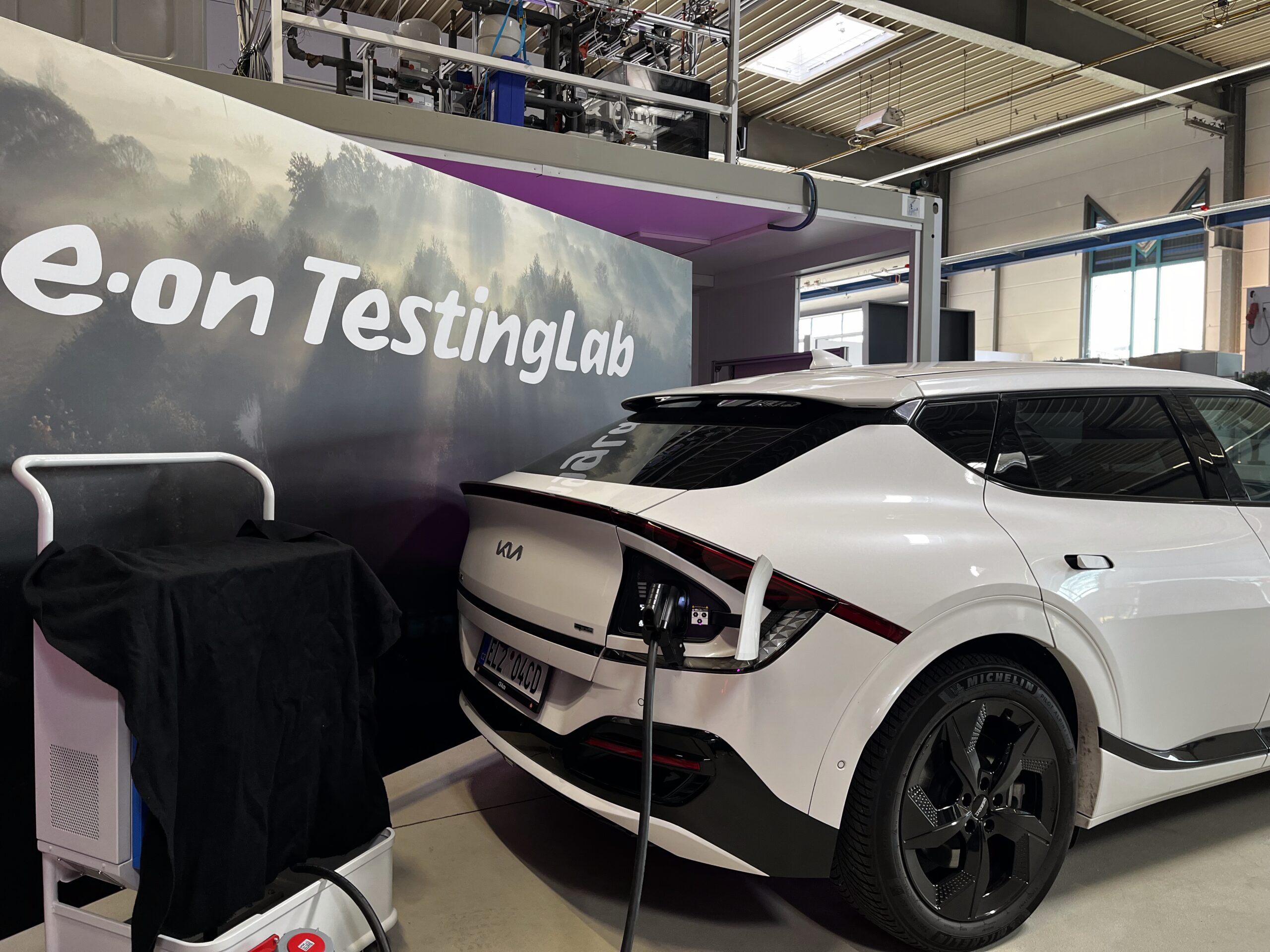Our primary goal was to explore the current market and identify the limitations of bidirectional charging. During testing, we successfully turned an EV into a power storage unit, sending energy back to the building. This proves that V2X is no longer just a concept but a tangible solution with the potential to revolutionize energy storage and consumption.
However, before widespread adoption becomes a reality, several key challenges need to be addressed:
Standardization
One of the biggest barriers to V2X adoption is the lack of universal standards ensuring seamless communication between EVs, chargers, and software systems. Not all vehicles support bidirectional charging, and hardware compatibility remains an issue. While the potential of V2X is widely recognized, companies need a clear return on investment before committing to development. Establishing widely accepted standards will be crucial in turning this technology into a viable solution.
A Complete Ecosystem
V2X is more than just a charger. Tt requires a fully integrated system where cars, charging infrastructure, and energy management software work together seamlessly. Bringing all the pieces together into one comprehensive solution is the key to unlocking its full potential.
Market Readiness
Another major challenge is the limited engagement from larger companies and policymakers, which makes the adoption slow. To accelerate progress, we must raise awareness, show the value of V2X, and push for the right policies to create an environment where this technology can thrive.
What’s Next? With the expertise of various partners in V4Grid project, from hardware providers to energy management specialists, we’re confident we can take this technology to the next level. By gathering data, testing new approaches, and collaborating with key stakeholders, we are paving the way for a scalable V2X solution.
